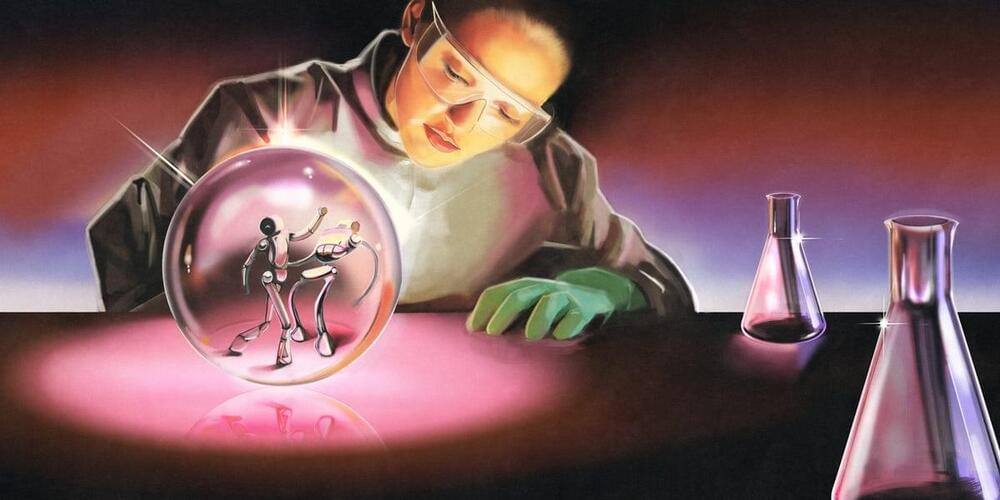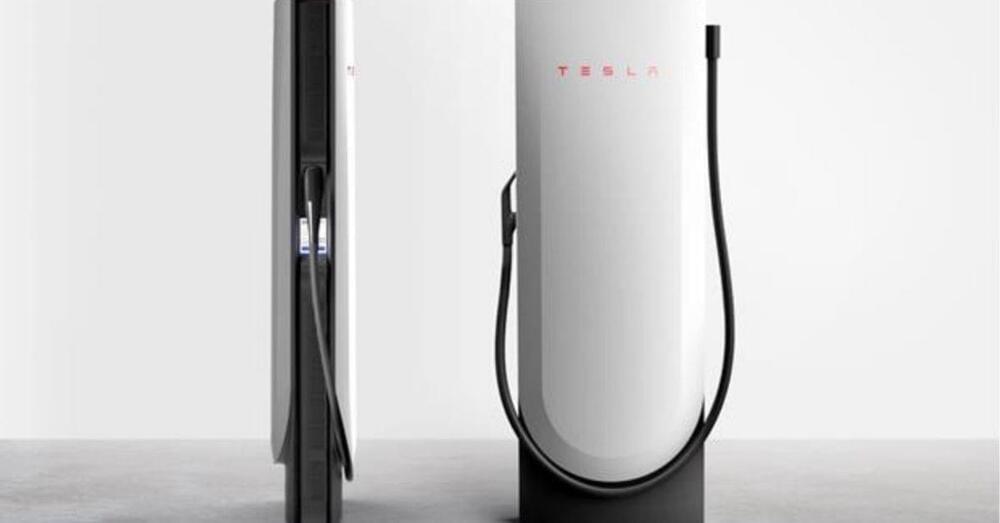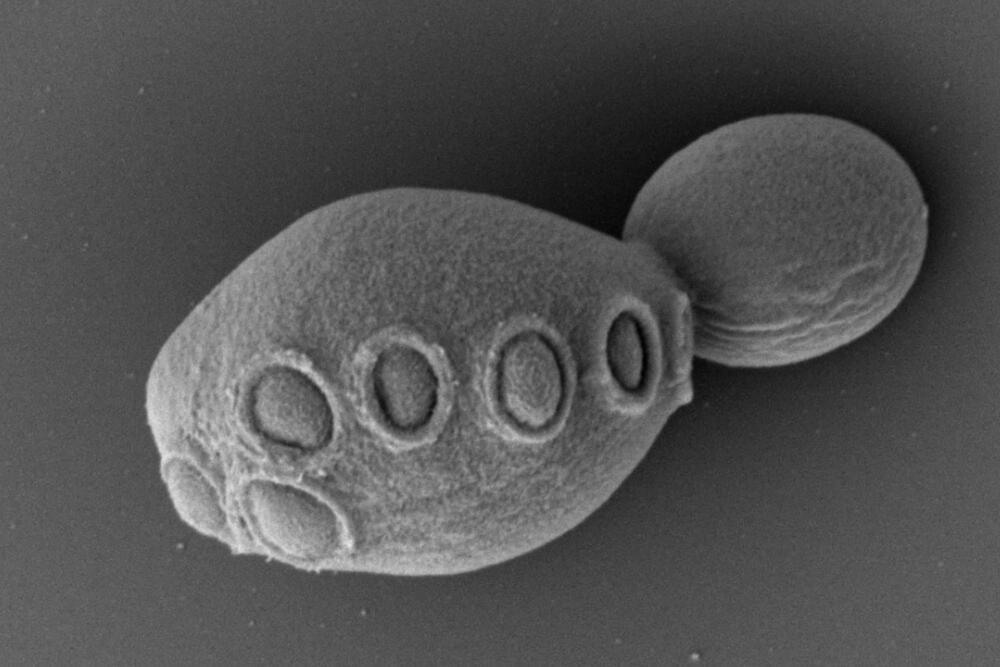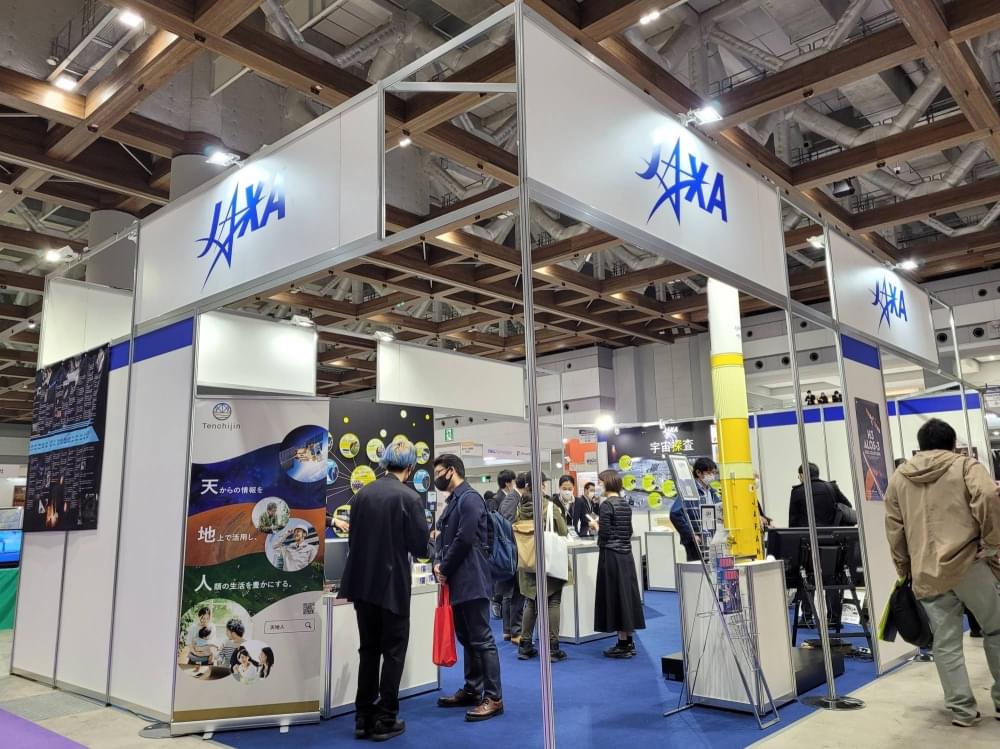Google pays Apple 36% of its search advertising revenue from Safari under the terms of the two companies’ search default agreement, an Alphabet witness said.




Barbara Corcoran almost missed out on “the best hire” she ever made — all because the prospective employee seemed too introverted.
“When I started my business [in 1973], I needed people to join my real estate company,” the millionaire investor and real estate entrepreneur said in a recent TikTok video. “But I had little to offer, and good people were really hard to get.”
In walked Esther Kaplan, who would eventually become Corcoran’s business partner and longtime president of The Corcoran Group. But at the time, Kaplan didn’t seem like the right fit for the sales position she’d applied for, Corcoran said.

An international team of astrophysicists including Princeton’s Andy Goulding has discovered the most distant supermassive black hole ever found, using two NASA space telescopes: the Chandra X-ray Observatory (Chandra) and the James Webb Space Telescope (JWST).
The black hole, which is an estimated 10 to 100 million times more massive than our sun, is 13.2 billion light-years away in the galaxy UHZ-1, which means the telescopes are peering back in time to when the universe was “extremely young,” Goulding said — only about 450 million years old.
“This is one of the most dramatic discoveries to come out of the James Webb Space Telescope” and the discovery of the most distant growing supermassive black hole known, said Michael Strauss, professor and chair of astrophysical sciences at Princeton, who discussed the findings with the researchers but was not part of the research team. “Indeed, it completely smashes the old record.”
Uncrewed submarines loaded with ‘multi-domain’ drones could offer a new dimension for hunting for enemy naval forces and mines, and more.

Tesla has signed a deal with the EG Group, a massive gas station and convenience store operator, to sell its Supercharger hardware to be deployed as an EG-branded product.
It’s the second of such deals that Tesla has made in just a few weeks.
Last month, Tesla surprised many when it announced it reached a deal with BP to sell them $100 million worth of Supercharger hardware to be deployed at BP gas stations across the US under the BP brand.


In a milestone achievement, a whole chromosome has been created from scratch by scientists for the first time ever.
The tRNA Neochromosome is a man-made chromosome of the common baker’s yeast Saccharomyces cerevisiae. It may soon allow for the creation of synthetic and superior yeast cells, according to a collection of new papers in the scientific journals Cell and Cell Genomics.
This discovery is the newest in an international project called Sc2.0, which has also synthesized all 16 of the yeast’s chromosomes with an aim to combine them into a functional cell that might help make yeast faster, more resilient and more productive.

The government plans to establish a new ¥1 trillion ($6.6 billion) fund in a bid to develop the country’s outer space industry, as starry-eyed officials push to enhance Japan’s capabilities.
The ¥1 trillion fund will be allocated over a 10-year period for the Japan Aerospace Exploration Agency (JAXA), an Education, Culture, Sports, Science and Technology Ministry spokesperson said. Some ¥300 billion has been set aside for the fund in the latest supplementary budget approved by the Cabinet on Friday.
“We believe it is a necessary fund to speed up our country’s space development so we don’t lag behind the increasingly intensifying international competition,” Sanae Takaichi, minister in charge of space development, said in a news conference last week.
